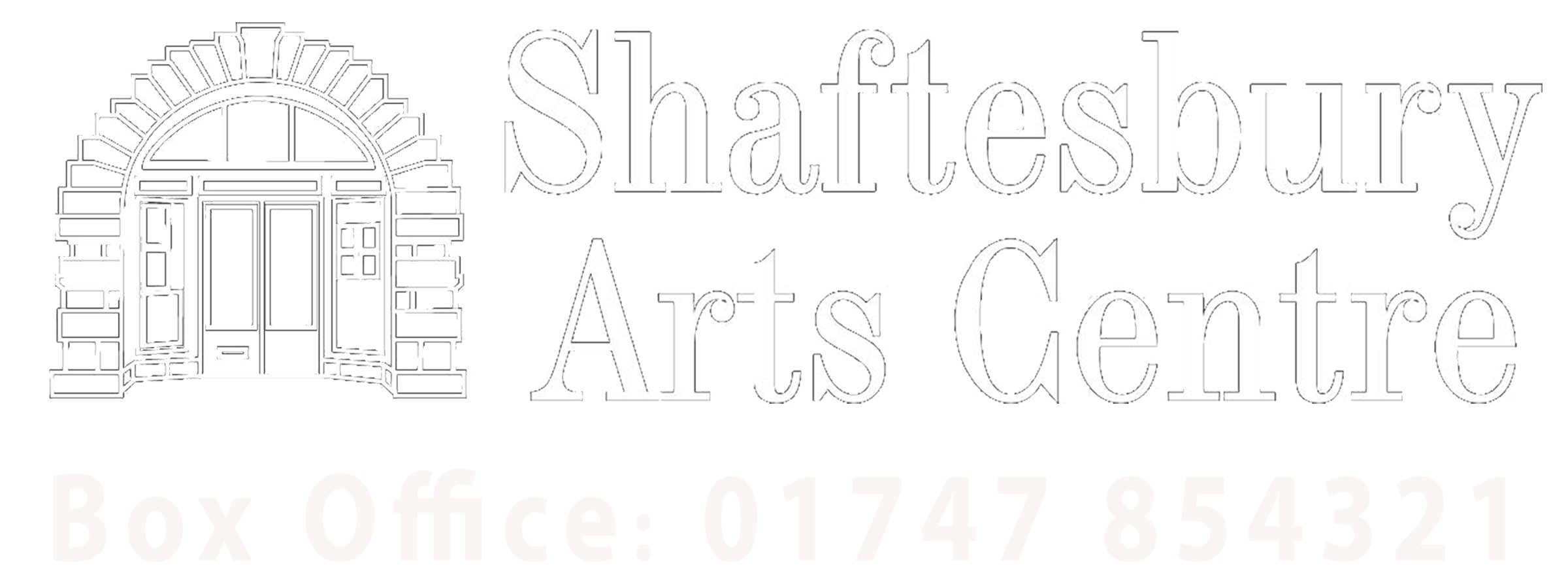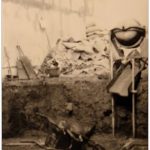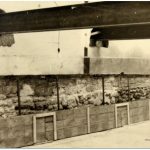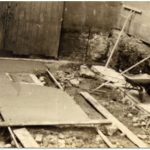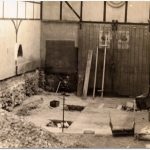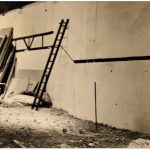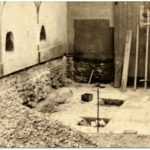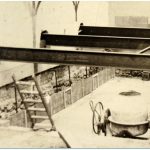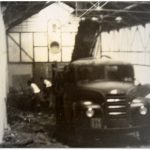Part 2: The Purchase and Conversion of the Upper Market Hall
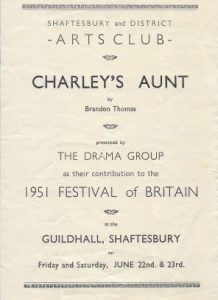 They were also busy getting “Charley’s Aunt” ready for Shaftesbury’s Festival of Britain programme in the summer of 1951 and had lost the loft they had been using as a storeroom. Local architect Eric Stevens raised the idea of purchasing the empty Upper Market Hall in Bell Street. In the meantime the Council gave them permission to use the building to prepare the three sets needed. The local Gardening Association were also looking for similar facilities so both Societies were able to help each other in the Festival venture.
They were also busy getting “Charley’s Aunt” ready for Shaftesbury’s Festival of Britain programme in the summer of 1951 and had lost the loft they had been using as a storeroom. Local architect Eric Stevens raised the idea of purchasing the empty Upper Market Hall in Bell Street. In the meantime the Council gave them permission to use the building to prepare the three sets needed. The local Gardening Association were also looking for similar facilities so both Societies were able to help each other in the Festival venture.
When this was over, the Council finally agreed to sell the Market Hall to the Shaftesbury and District Arts Club for the grand sum of £750. The Management Committee lost no time in drafting plans and presenting them to an Extra Ordinary Meeting on the 31st October 1951 attended by seventy members who approved them unanimously and promised between them to provide £460 towards the purchase price. Five Trustees were appointed, a separate bank account was opened and the purchase of the Old Market was completed in August 1952.
With money tight, a host of volunteers were drafted in to lend a hand with the building works. A considerable quantity of second-hand timber, flooring and doors was obtained from an old manor house. The burgeoning Club was helped by less formal financial assistance from many quarters. The Girls’ High School gave £25, half the proceeds from their school fete. There were donations too from performances given by Miss Belfield’s Chalke Valley School of Dancing and a joint Floral Display with the Gardening Association. The Club held its first open-air fete in Barton Hill, which brought in much needed publicity and £75. The Drama Group agreed to stage at least four productions a year in the Guildhall and elsewhere and other members went all out to raise funds with sales of artwork, bridge drives, concerts, picture exhibitions and raspberry teas.
During February 1953 a rota of club members offering help was formed. The volunteers began this ambitious project forming working parties in the evenings and at weekends alongside their day jobs and allowing for time to join in club group activities.
A local newspaper reported in August 1954 that members “had shifted over 200 tons of earth, broken up and removed over 100 tons of stone, mixed and laid 60 tons of concrete and salvaged over 2000 bricks”.
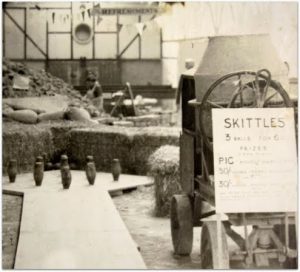
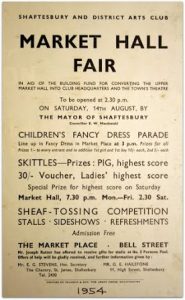 In the later more intricate stages of the work, the volunteers were helped by tradesmen and local builders who readily offered advice, as well as concrete mixers, wheelbarrows and essential tools: “Nor must we forget Mrs Gertrude Stevens and her apparently bottomless teapot, sustaining us at Committee and Group Meetings and rehearsals.” The conversion project took more than four and a half years to complete.
In the later more intricate stages of the work, the volunteers were helped by tradesmen and local builders who readily offered advice, as well as concrete mixers, wheelbarrows and essential tools: “Nor must we forget Mrs Gertrude Stevens and her apparently bottomless teapot, sustaining us at Committee and Group Meetings and rehearsals.” The conversion project took more than four and a half years to complete.
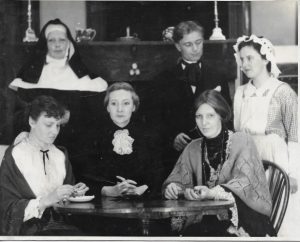
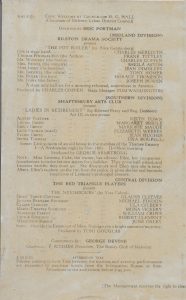
Meanwhile the Art, Camera, Drama and Music Groups met at other venues whilst monthly newsletters were issued. The Club published its first programme of group activities for the 1953-54 Season. The Drama Group presented a number of plays to help raise funds for their new home as well as taking excerpts to six Dorset Drama Festivals. Their 1954 entry – from the wonderfully named “Ladies in Retirement” – won through the first round at Dorchester, was placed first in the Southern Divisional Final at Bournemouth, and narrowly missed going through to the Western Area Final held in Malvern.
